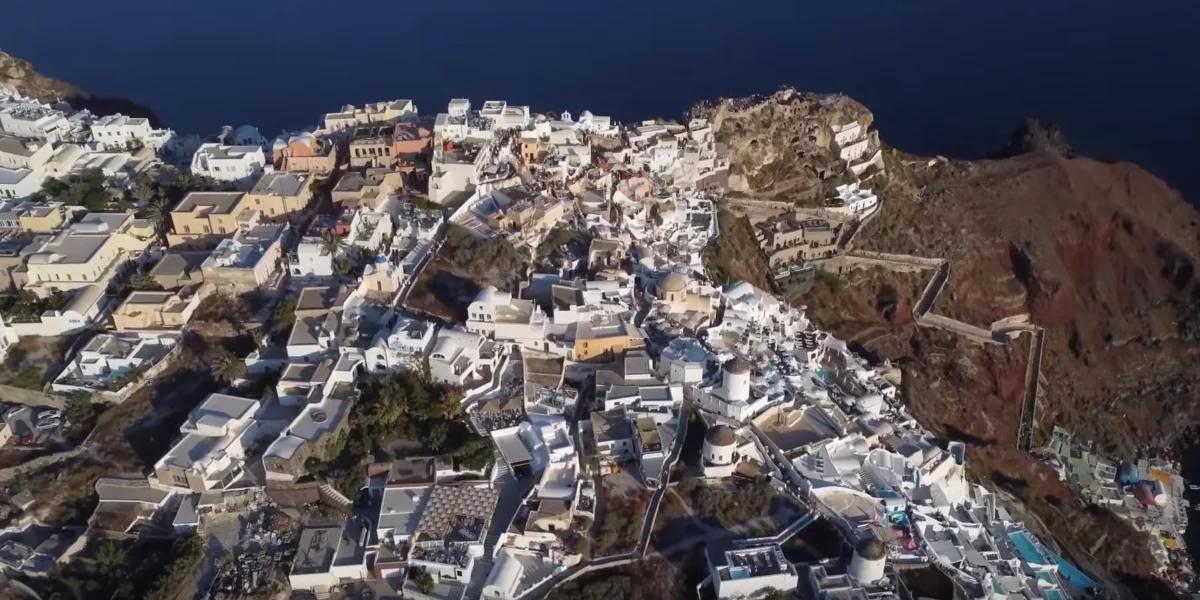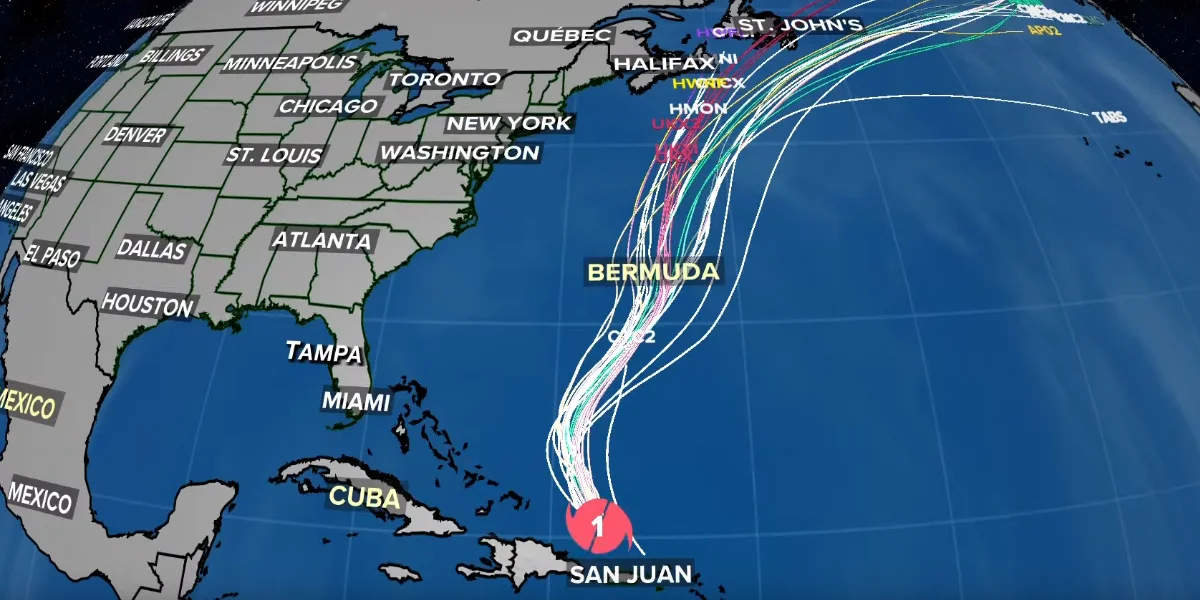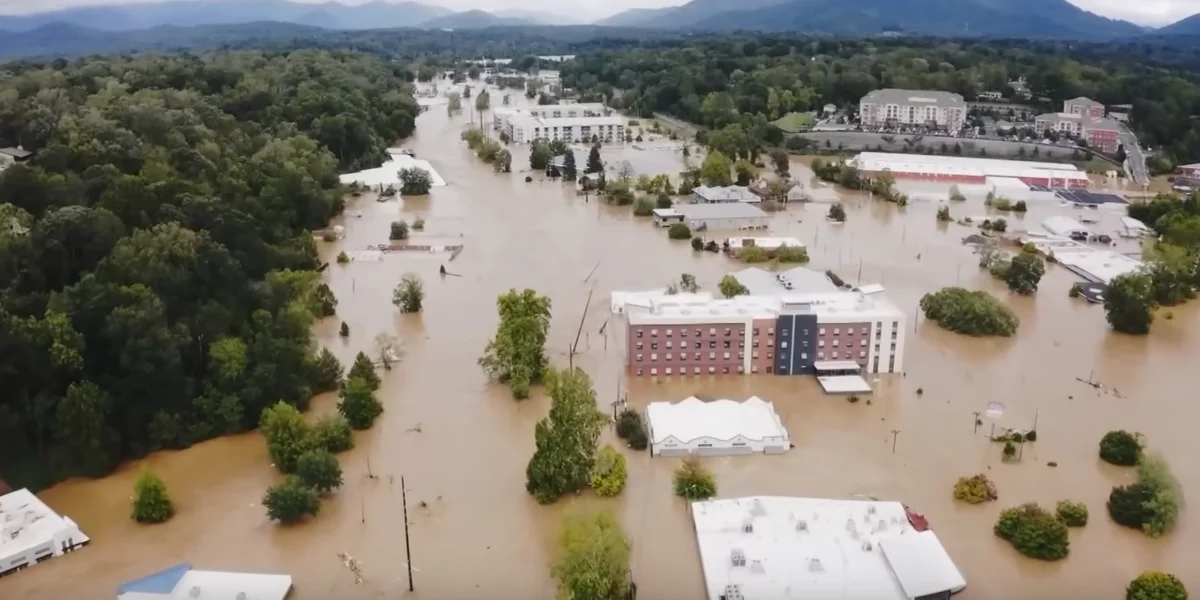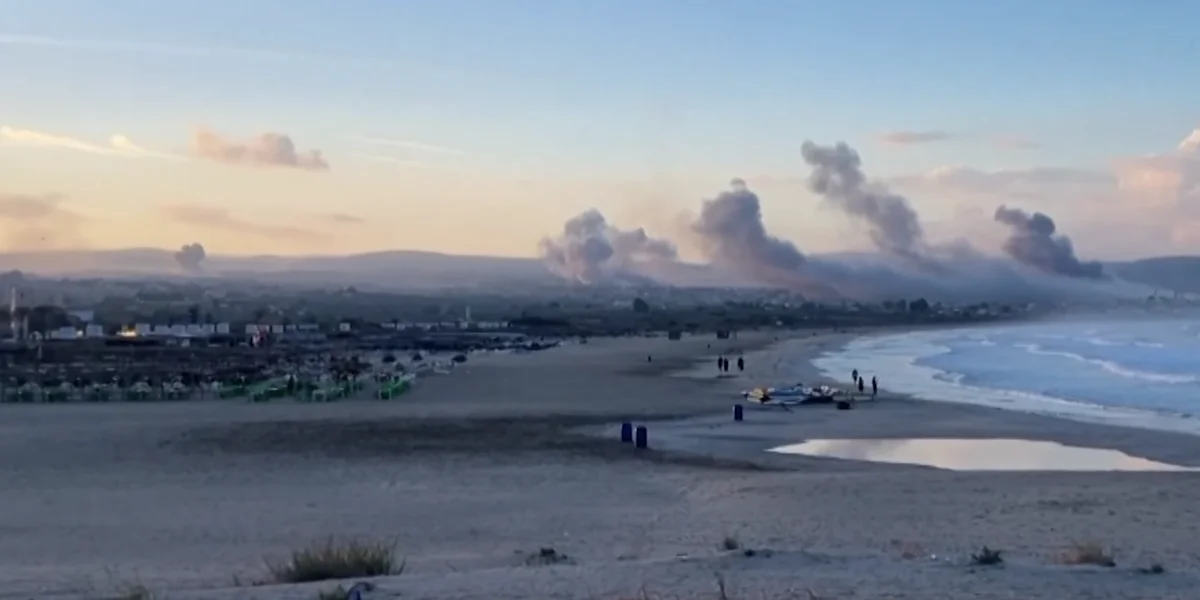Dozens of earthquakes shake the Greek island of Santorini

On Monday, Greek officials halted schools and deployed emergency services on the Aegean island of Santorini, one of the country's most famous tourist attractions, following hundreds of small and moderate earthquakes.
Schools on Santorini and the nearby islands of Ios, Anafi, and Amorgos will stay closed until Friday, with residents warned to avoid decrepit buildings and assembling in large numbers in enclosed areas.
On Sunday, the ministry of public safety said that over 200 earthquakes had affected the Aegean area between Santorini and Amorgos in the previous 48 hours. They continued to shake people on Monday, sometimes every few minutes. Several other islands hit by the tremors also took precautions, closing schools and putting emergency teams on standby.
Since Friday, tremors have been reported between the volcanic islands of Santorini and Amorgos in the Aegean Sea, prompting officials to close schools on Santorini and the surrounding islands of Ios, Amorgos, and Anafi.
Quakes with magnitudes more than 4 shook Santorini every few minutes on Monday, prompting residents to avoid inside areas and tiny ports. Disaster response teams were stationed on the ground as a precaution.
The majority of the earthquakes were small, but several topped magnitude 4.5, with seismologist Gerasimos Papadopoulos referring to readings of 4.7 and 4.9 in a Facebook post.
Experts predict that the seismic activity on the island, where some of the most inhabited regions are located on high cliffs, may last for weeks.
“We estimate it (the activity) will continue for some days and there could be a lengthy seismic sequence,” Efthymios Lekkas, a professor of tectonic geology and disaster management, and part of a team of experts assessing the situation on the ground, told Greek television.
To limit possible structural damage, the Greek Organization of Earthquake Planning and Protection advised islanders on Sunday to avoid big gatherings in enclosed places, as well as ports near cliffs and empty swimming pools. Emergency personnel erected tents at outdoor sporting arenas, while local governments arranged meeting sites for potential evacuations.
Greece is situated on many fault lines and is frequently shaken by earthquakes.
The most recent happened more over 3,500 years ago, creating Santorini's distinctive caldera, multicolored beaches, and rock formations, which attract over three million people each year. Since then, the area has only had one mild eruption, in 1950, which resulted in no injuries.
The island's last big earthquake occurred in 1956, when a series of temblors of magnitudes ranging from 7 to 7.7 killed 53 people and wrecked hundreds of houses.
Since then, no significant earthquakes have occurred, albeit a series of lesser quakes occurred over a 14-month period in 2011 and 2012, with the shaking becoming less intense. According to local officials, similar precautions were not implemented at the time.









